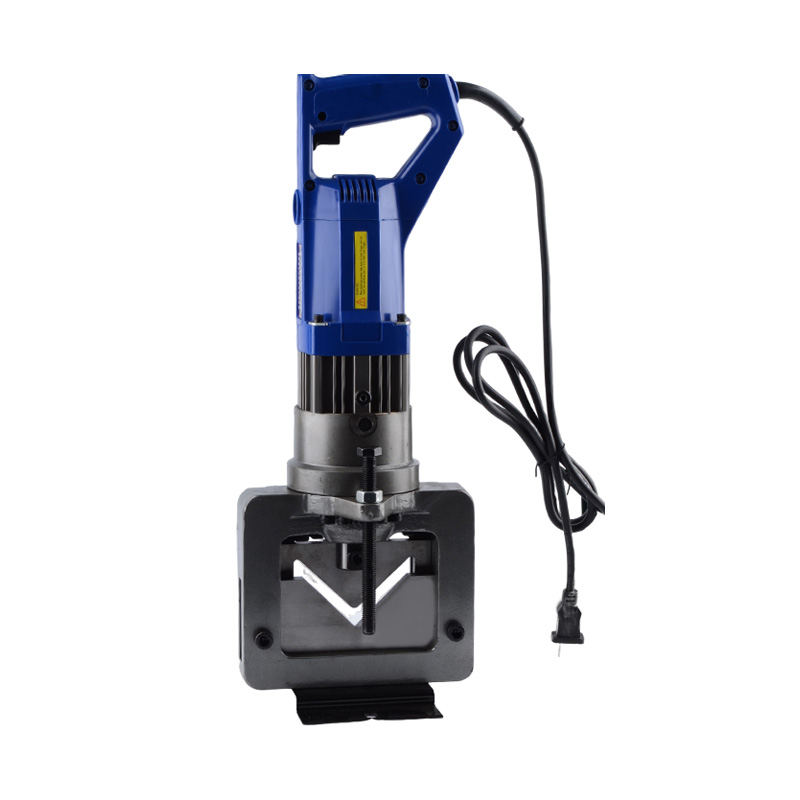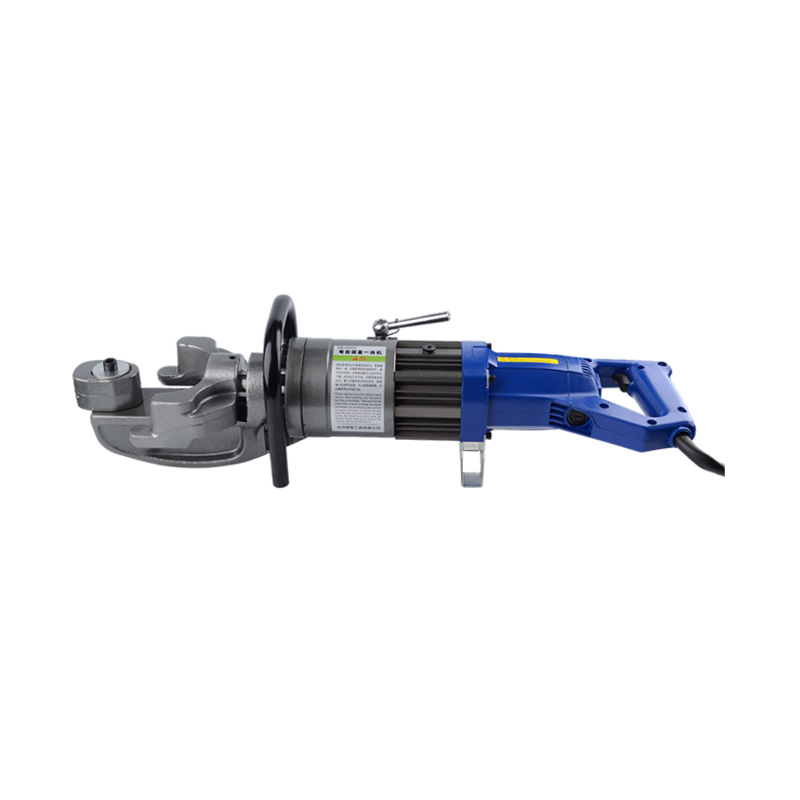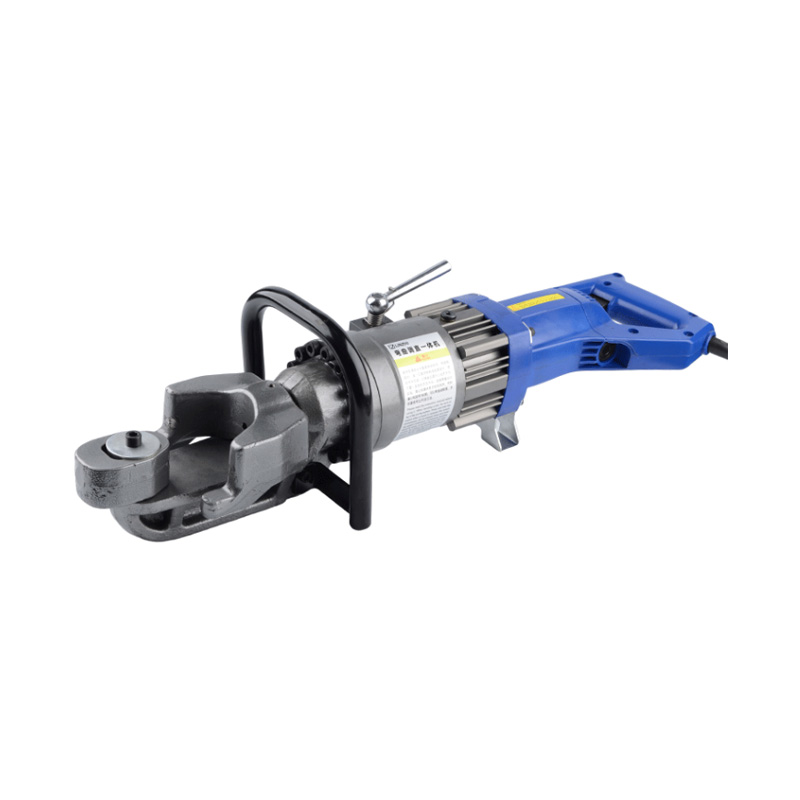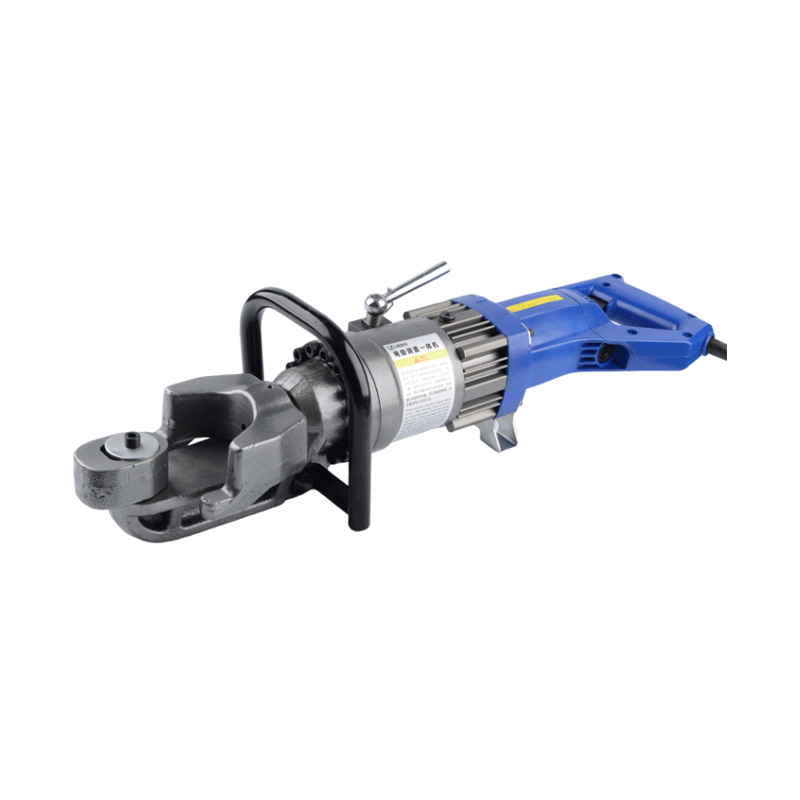Hydraulic systems are integral to a wide array of industrial applications, from manufacturing and construction to transportation and beyond. At the heart of these systems are hydraulic pumps, which play a vital role in converting mechanical or electrical energy into hydraulic energy.
Classified by working principle:
a. Axial piston pump: This type of pump operates by using pistons that move axially within cylinders to generate pressure in the pump chamber. As the pistons reciprocate, hydraulic energy is converted through the displacement of fluid.
b. Radial piston pump: In contrast to axial piston pumps, radial piston pumps utilize pistons that move radially outward from a central shaft to generate pressure in the pump chamber. This radial motion achieves the conversion of hydraulic energy through the displacement of fluid.
c. Vortex pump: Vortex pumps generate pressure through the centrifugal force of the liquid, creating a swirling motion within the pump chamber. This motion harnesses the kinetic energy of the liquid to achieve the conversion of hydraulic energy.
d. Gear pump: Gear pumps rely on the movement of two meshing gears to achieve the conversion of hydraulic energy. As the gears rotate, they create a pumping action that displaces fluid from the suction side to the pressure side of the pump.
e. Screw pump: Screw pumps operate by rotating a screw mechanism, which in turn displaces fluid from the suction side to the pressure side of the pump. This rotary motion facilitates the conversion of hydraulic energy within the pump.
Classified by driving method:
a. Mechanical hydraulic pump: This type of pump is powered by mechanical drives, such as electric motors or internal combustion engines. Mechanical energy is converted into hydraulic energy to drive the hydraulic system.
b. Manual hydraulic pump: Manual hydraulic pumps rely on manual operation, typically through the use of a handle or manual pump piston. Manual labor is directly converted into hydraulic energy, making these pumps suitable for applications where power sources may be limited or unavailable.
c. Rechargeable hydraulic pump: Rechargeable hydraulic pumps feature integrated batteries or chargers, allowing them to convert electrical energy into hydraulic energy. These pumps offer the advantage of portability and versatility, making them ideal for mobile or remote applications.
Classification by job type:
a. Quantitative pump: Quantitative pumps are designed to deliver a fixed output flow rate of hydraulic fluid. These pumps are suitable for applications where precise control over flow rate is required.
b. Adjustable pump: Adjustable pumps allow for the adjustment and control of the output flow rate of hydraulic fluid. This flexibility makes them well-suited for applications where variable flow rates are necessary to meet changing operational requirements.
In selecting suitable hydraulic pumps for specific applications, factors such as working environment, flow rate requirements, power source availability, and portability must be carefully considered. For instance, in situations where manual operation or portability is paramount, hydraulic hand pumps or portable hydraulic pumps, such as the Hydraulic Hand Pump or Portable Hydraulic Pump, would be the preferred choice. Conversely, for applications requiring precise control over flow rates or where electrical power is readily available, options like the Hydraulic Test Pump, which is a rechargeable hydraulic pump, may be more suitable.
The diverse range of hydraulic pumps available allows for customization and optimization of hydraulic systems to meet the unique requirements of various industries and applications. By understanding the different types of hydraulic pumps and their respective characteristics, engineers, and operators can make informed decisions to achieve ideal performance and efficiency in hydraulic systems.

 English
English 中文简体
中文简体 русский
русский GET A QUOTE
GET A QUOTE





